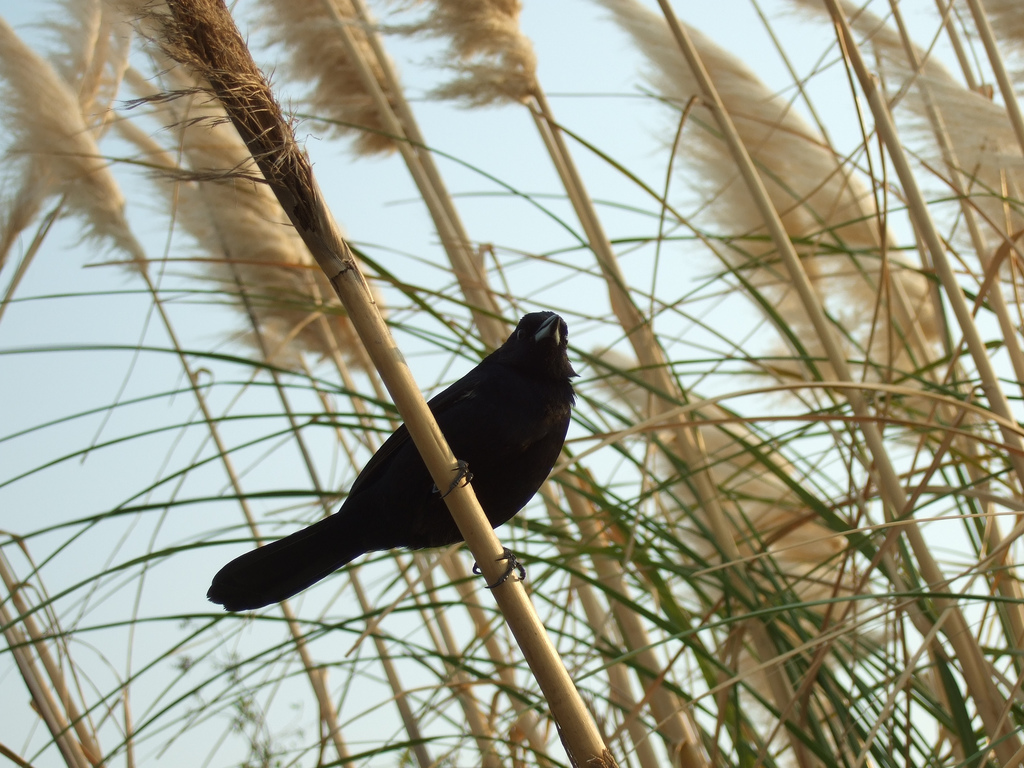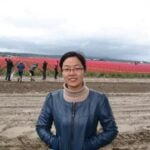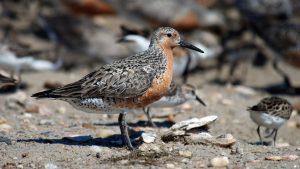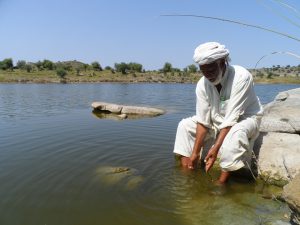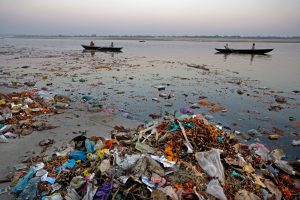Over the last half century China’s economy has grown 80-fold, but a huge environmental price has been paid. A recent report from WWF has tracked 2,419 populations of 682 species, finding that from 1970 to 2010 populations of land-dwelling vertebrates fell by 50%. The biggest fall, 97%, was seen in amphibious reptiles.
The WWF’s new report, Global Vitality: China 2015, provides an initial calculation of the environmental price China has paid for 50 years of rapid economic expansion. According to the report the world’s ‘biocapacity’ is limited and relatively constant – even under careful management the potential for growth is limited.
Biocapacity refers to the capacity of a given biologically productive area to generate a constant supply of renewable resources and to absorb waste or pollution wastes. Growth is judged to be unsustainable if an area, or in this case a country, has an ecological footprint that exceeds its biocapacity.
In the half century since 1960, China’s biocapacity doubled, mainly due to the development of agriculture and a limited degree of environmental protection. But over the same period the economy grew 80-fold.
Li Lin, WWF China’s Executive Programme Director, said that in the long term economic growth that outstrips biocapacity and environmental capacity is unsustainable: “How to use limited biocapacity to support a rapidly growing economy is the first problem to be solved if China is to develop an ecological civilization,” Li added, referring to China’s plans for greener growth and to make environmental protection a much more urgent priority at all levels of government.
A study found that in 2012 only Tibet and Qinghai had an ecological surplus – biocapacity adequate to meet the needs of local consumption. Beijing would need 21 times its current biocapacity to reach ecological equilibrium.
Ecological overload is causing China a range of problems – drought, water shortages, soil erosion, the loss of biodiversity, and increases in greenhouse gas emissions that if unchecked, could lead to runaway climate change.
‘Biocapacity imports’
According to the report, China’s own resources can no longer support its industrial and domestic demands – prompting a surge in imports of items such as meat, dairy and tropical hardwood.
An analysis of 455 types of traded products found that in 2012 China was a net importer of 1.3% of the world’s global biocapacity. About two thirds of the imports were from 26 countries rich in ecological resources such as Australia, Brazil, Canada, Russia, New Zealand and Indonesia.
The types of products imported depend on the source – Australia and New Zealand supply meat and dairy products; Canada and Russia supply products sourced from forests; while Brazil supplies products grown on arable land. Meanwhile China’s exports of land-related produce are mainly to the Asia-Pacific region and North America.
Impact on Latin America
Brazil has a larger ecological surplus than any other nation is an example how fragile biocapacity can be in the context of international trade. But growing domestic demand and the selling off of natural resources for short-term economic benefit is gradually reducing that ecological surplus, making it likely that big importing countries will increasingly have to look elsewhere.
Even when trading with countries rich in natural resources such as Brazil, China faces risks. For example since the 1990s China’s imports of soya beans – used directly as food and also as fodder in the ever-expanding pork industry – have risen. In 2010 soya beans made up 54% of China’s imports from Latin America, with 34% of that coming from Brazil. Imports of meat and paper from Brazil are also on the rise. But changes in the climate or rainfall patterns, or local social or economic changes, could reduce Brazil’s biocapacity and cause instability in the market for these commodities – particularly for soya beans.
